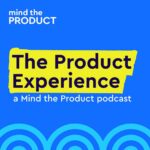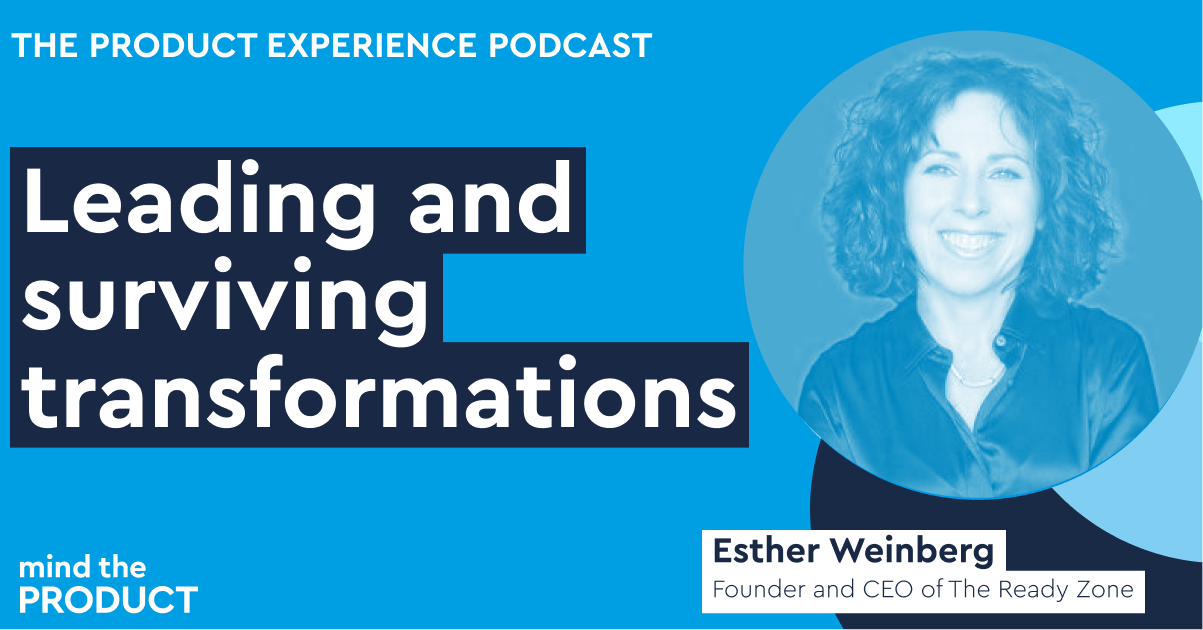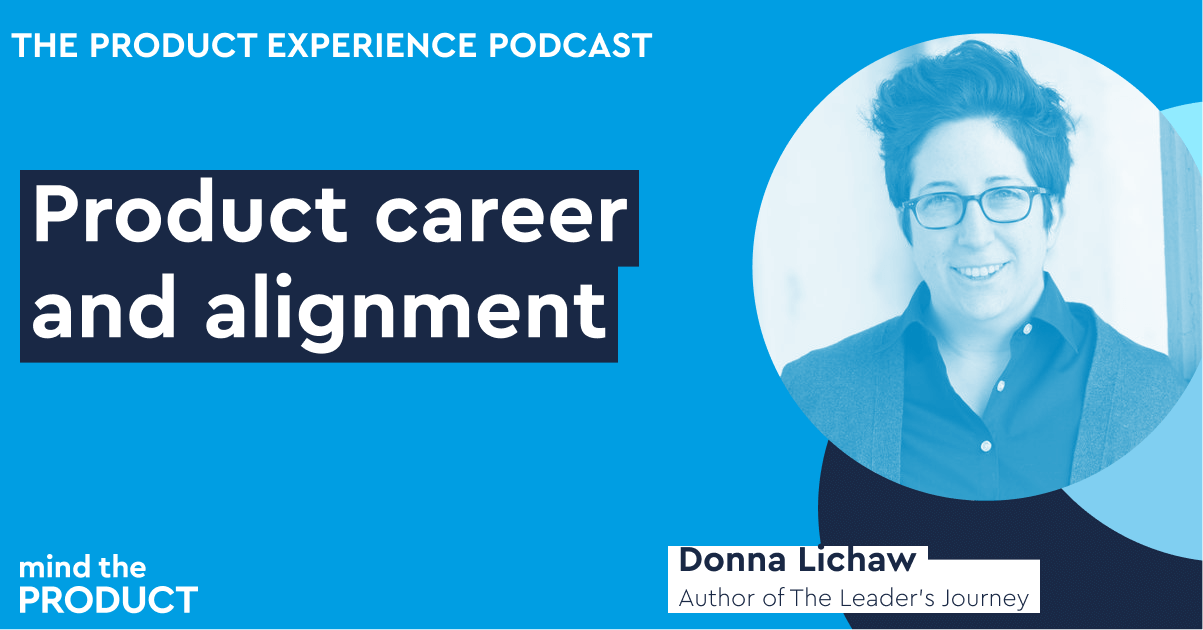Rerun: Managing stakeholders and driving alignment – Susana Lopes (Director of Product, Abatable, Onfido)
This week, we go back into the archives when Susana Lopes, Director of Product at Abatable, joined us on the podcast. In this episode, we discuss how she used the State of the Product presentation to manage stakeholders and drive alignment. Tune in for an episode filled with practical insights and invaluable resources.

Read more
Explore all topic content

Leading and surviving company transformations — Esther Weinberg on The Product Experience

The Product Experience
- 1 min read

Product career and alignment – Donna Lichaw on The Product Experience (Part 2 of 2)

The Product Experience
- 23 min read

